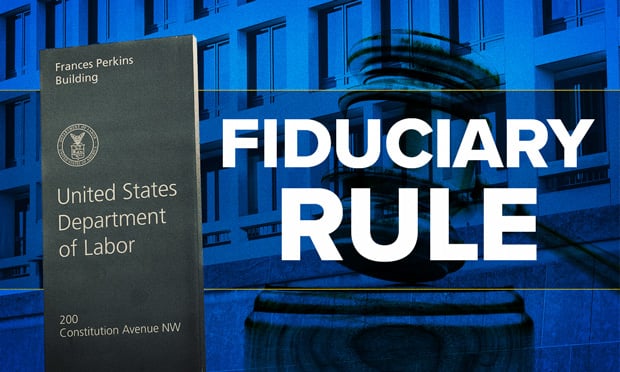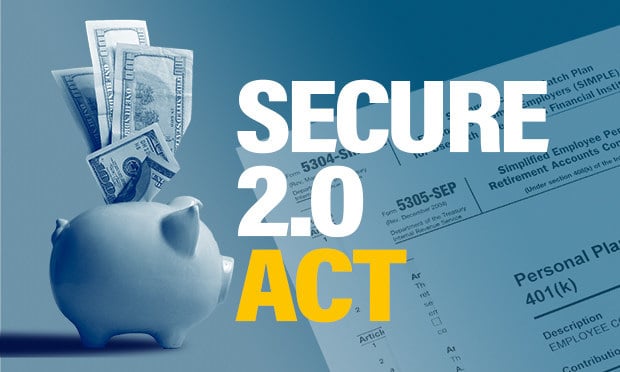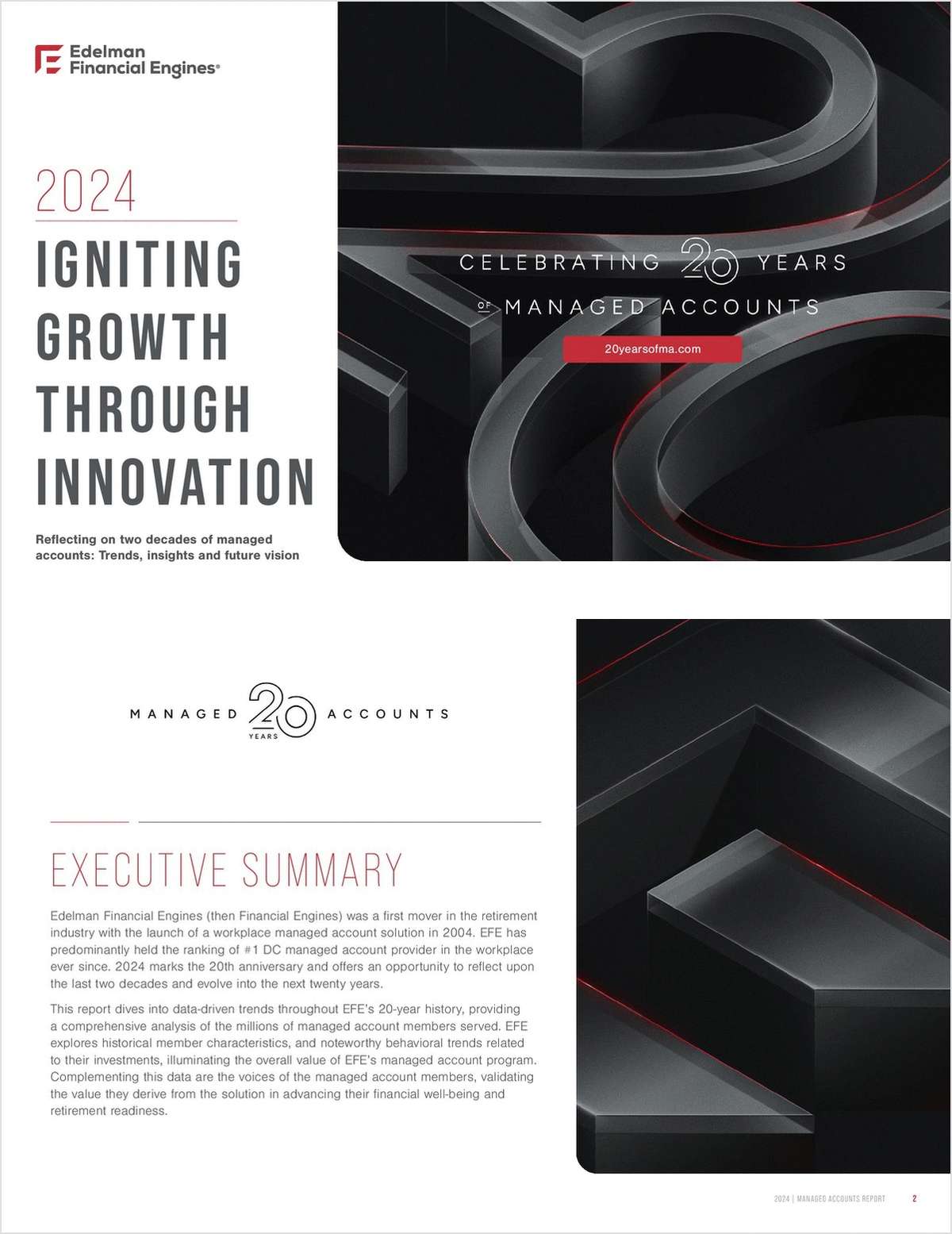SIOUX FALLS, S.D. (AP) — The South Dakota Retirement System approved a 3.1 percent cost of living increase for its retirees on Tuesday after strong investment earnings during the past fiscal year.
The vote came during a joint meeting in Sioux Falls between the board and the Legislature's Retirement Laws Committee.
Rob Wylie, director of the South Dakota Retirement System, said the system ended its latest financial year with $1.6 billion more than it had a year ago. The 26 percent gain in assets during the 12-month period means the system was fully funded as of June 30, the annual date for measuring the system's financial condition.
Continue Reading for Free
Register and gain access to:
- Breaking benefits news and analysis, on-site and via our newsletters and custom alerts
- Educational webcasts, white papers, and ebooks from industry thought leaders
- Critical converage of the property casualty insurance and financial advisory markets on our other ALM sites, PropertyCasualty360 and ThinkAdvisor
Already have an account? Sign In Now
© 2024 ALM Global, LLC, All Rights Reserved. Request academic re-use from www.copyright.com. All other uses, submit a request to [email protected]. For more information visit Asset & Logo Licensing.








